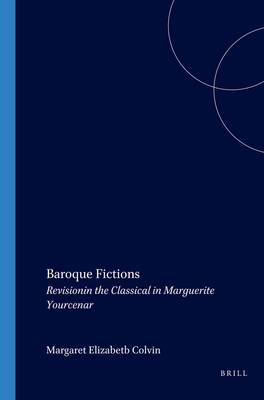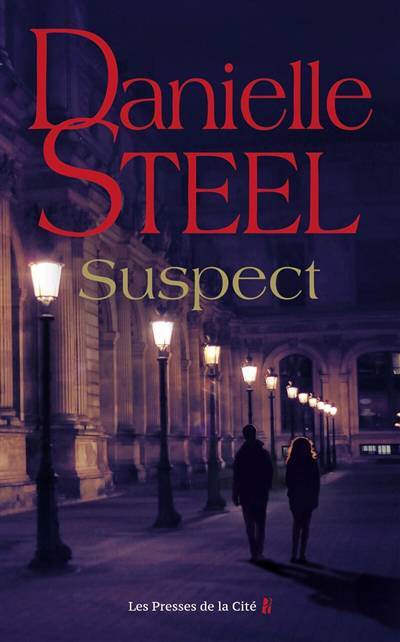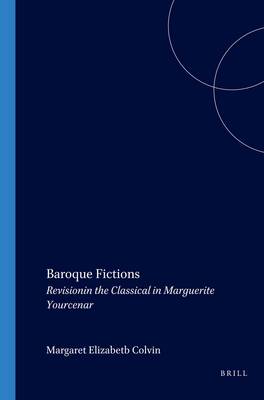
- Retrait gratuit dans votre magasin Club
- 7.000.000 titres dans notre catalogue
- Payer en toute sécurité
- Toujours un magasin près de chez vous
- Retrait gratuit dans votre magasin Club
- 7.000.0000 titres dans notre catalogue
- Payer en toute sécurité
- Toujours un magasin près de chez vous
96,45 €
+ 192 points
Description
This volume is the first in-depth study of the French novelist Marguerite Yourcenar's fiction to contend that the author's texts exhibit in unexpected ways numerous characteristics of the neobaroque. This subversive, postmodern aesthetic privileges extravagant artistic play, flux, and heterogeneity. In demonstrating the affinity of Yourcenar's texts with the neobaroque, the author of this study casts doubt on their presumed transparency and stability, qualities associated with the French neoclassical tradition of the past century, where the Yourcenarian oeuvre is most often placed.
Yourcenar's election to the prestigious, tradition-bound French Academy in 1981 as its first female "immortal" cemented her already well-established niche in the twentieth-century French literary pantheon. A self-taught classicist, historian, and modern-day French moralist, Yourcenar has been praised for her polished, "classical" style and analyzed for her use of myth and universal themes.
While those factors at first seem to justify amply the neoclassical label by which Yourcenar is most widely recognized, this study's close reading of four of her fictions reveals instead the texts' opacity and subversive resistance to closure, their rejection of stable interpretations, and their deconstruction of postmodern Grand Narratives. Theirs is a neobaroque "logic," which stresses the absence of theoretical assurances and the limitations of reason.
The coincidence of the new millennium -- which in so many ways reflects Yourcenar's disquieting vision -- and her centenary in 2003 affords not so much an excuse to reject the author's neoclassical label, but rather the obligation to reassess it in light of contemporary discourses. This study will be of interest to students of twentieth-century French fiction and comparative literature, especially that of the latter half of the twentieth century.
Yourcenar's election to the prestigious, tradition-bound French Academy in 1981 as its first female "immortal" cemented her already well-established niche in the twentieth-century French literary pantheon. A self-taught classicist, historian, and modern-day French moralist, Yourcenar has been praised for her polished, "classical" style and analyzed for her use of myth and universal themes.
While those factors at first seem to justify amply the neoclassical label by which Yourcenar is most widely recognized, this study's close reading of four of her fictions reveals instead the texts' opacity and subversive resistance to closure, their rejection of stable interpretations, and their deconstruction of postmodern Grand Narratives. Theirs is a neobaroque "logic," which stresses the absence of theoretical assurances and the limitations of reason.
The coincidence of the new millennium -- which in so many ways reflects Yourcenar's disquieting vision -- and her centenary in 2003 affords not so much an excuse to reject the author's neoclassical label, but rather the obligation to reassess it in light of contemporary discourses. This study will be of interest to students of twentieth-century French fiction and comparative literature, especially that of the latter half of the twentieth century.
Spécifications
Parties prenantes
- Auteur(s) :
- Editeur:
Contenu
- Nombre de pages :
- 180
- Langue:
- Anglais
- Collection :
- Tome:
- n° 271
Caractéristiques
- EAN:
- 9789042018389
- Date de parution :
- 01-01-05
- Format:
- Livre broché
- Format numérique:
- Trade paperback (VS)
- Dimensions :
- 150 mm x 220 mm
- Poids :
- 285 g

Les avis
Nous publions uniquement les avis qui respectent les conditions requises. Consultez nos conditions pour les avis.






